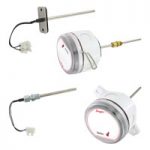
There are three main types of temperature sensors, and each one has its own strengths and weaknesses. Today we’ll be discussing the advantages/disadvantages of each RTD temperature sensors, thermistors, and thermocouples. Continue reading “How to Choose a Proper Temperature Sensor”

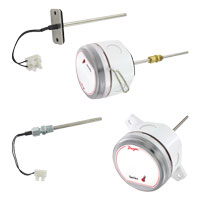
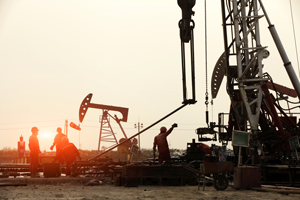
 In the past few years, oil production in the United States has skyrocketed. In fact, the U.S. is out-producing many OPEC countries and is currently on track to become one of the largest oil-producing countries in the world, alongside Russia and Saudi Arabia.
In the past few years, oil production in the United States has skyrocketed. In fact, the U.S. is out-producing many OPEC countries and is currently on track to become one of the largest oil-producing countries in the world, alongside Russia and Saudi Arabia.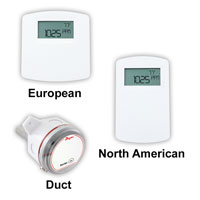
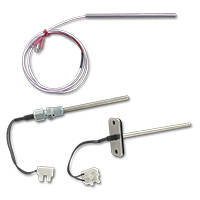
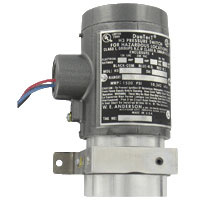
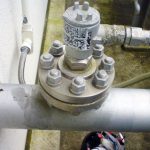 Many
Many